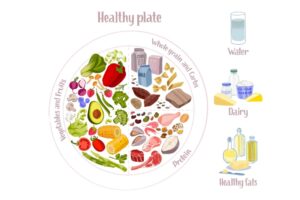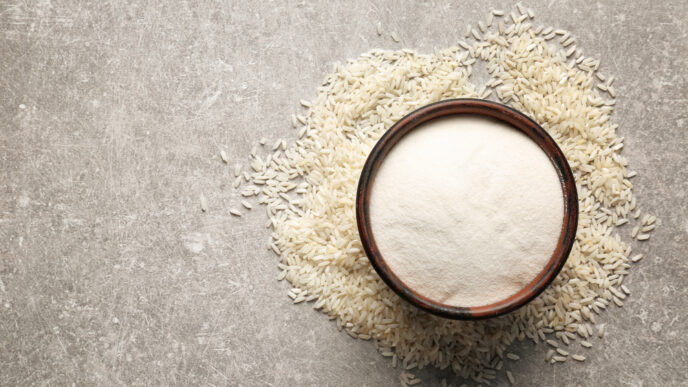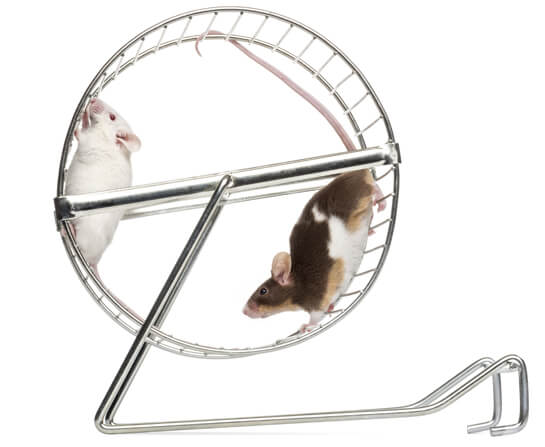OMAD or One Meal a Day is a fasting trend where people eat all their daily calories in a single meal. Marketed as a shortcut to weight loss, mental clarity, and longevity, it has exploded in popularity thanks to social media, biohackers, and a public hungry for quick health fixes.
WORDS JIM MEE SHA AND SITI NURHANA ABD WAHID
 FEATURED EXPERT FEATURED EXPERTJIM MEE SHA Final Year Student of Dietetics with Nutrition Division of Nutrition, Dietetics and Food Science School of Health Science IMU University |
 FEATURED EXPERT FEATURED EXPERTSITI NURHANA ABD WAHID Clinical Instructor and Dietitian Division of Nutrition, Dietetics and Food Science School of Health Science IMU University |
OMAD: A MORE EXTREME FORM OF INTERMITTENT FASTING
Intermittent fasting (IF) refers to a dieting method that cycles through a fix schedule of fasting and eating. In other words, you only eat at a specific time.
On the other hand, OMAD is a type of intermittent fasting where you either:
- Only eat one meal a day or
- Have a 1-hour eating window, fasting for the remaining 23 hours
How It Usually Works
- OMAD can be practiced continuously for weeks or months.
- Some people might only practice it a few days a week and eat regularly on non-fasting days.
- The meal can be taken at any time, depending on personal preference.
As this eating pattern is quite new, there is limited research looking into the effect of OMAD on weight loss and the safety of this dieting method.
OMAD Compared to Other Forms of Low-Calorie Diets
OMAD shares some similarities to low-calorie diet (LCD) and very low-calorie diet (VLCD).
- You naturally eat less when you restrict food intake to an hour or a meal.
- In this period, you will be losing quite a lot of weight.
However, it is recommended not to practice OMAD for longer than 12 weeks.
- After 12 weeks, it is recommended to slowly transition to a more sustainable energy intake and eating pattern
- A gradual increase in physical activity is also recommended.
HOW DOES OMAD LEAD TO WEIGHT LOSS?
- To lose weight, you will need to reduce the amount of energy you eat.
- Consuming one meal a day is a form of calorie restriction, as you will have fewer opportunities to eat. Ultimately, it would lead to weight loss.
| Intermittent fasting, in general, is one of the many methods available to lose weight. However, it is not proven to be more effective than the calorie restriction method of weight loss. |
IS OMAD SAFE?
As OMAD is still a quite new type of intermittent fasting, little research has been conducted to specifically look into it.
However, we can look into research on the following to make an educated extrapolation.
- IF in general
- The low-calorie diet (LCD), where you will be consuming around 1,000 to 1,200 kcal per day
- The very low-calorie diet (VLCD), where you will be consuming fewer than 800 kcal per day
Available data suggests that:
- Intermittent fasting — such as the 5:2 diet, alternate day fasting, and time-restricted feeding (restricting food intake in a 4-8 hour window) — appears safe in the long term, which is anywhere from 8 weeks to 58 weeks.
- LCD and VLCD appear safe in the short term (fewer than 12 weeks).
- However, VLCD is only recommended for people with both obesity and diabetes, or those who need to lose weight quickly for medical reasons.
BENEFITS OF OMAD
- It is simple to follow. The only ‘rule’ is to adhere to the meal timing, and there is no need to track or monitor your calories.
- It might be less restrictive, as this method doesn’t forbid individuals from eating certain foods. They can mostly eat freely during the meal.
- It may encourage weight loss. With a modest 5% to 10% weight loss, you can expect benefits such as:
- Improved blood sugar control (great news especially if you have type 2 diabetes)
- Improved your blood pressure
- Improved the risk of cardiovascular disease, such as stroke
- Improved joint aches and pains
HOWEVER, THERE ARE POTENTIAL RISKS TO CONSIDER
Lack of Research Data
- Hence, we still do not know the impact of practicing long-term OMAD.
Lack of Variety in Types of Foods and Nutrients Consumed
- Restricting intake to only 1 meal generally means consuming fewer varieties of foods overall.
- This might increase the risk of nutrient deficiencies.
Excessive Hunger
- Starving for 23 hours of the day might cause excessive hunger in some people.
- This might lead to the selection of less healthy food choices, such as fast foods and highly processed foods.
Increased Risk of Excessive Lean Muscle Loss
- Losing some lean body mass during weight loss is normal.
- However, inadequate protein intake (below 0.8 to 1.0 g/kg) may lead to excessive muscle loss.
- Depending on the composition of your meals, eating 1 meal a day might not be sufficient to meet the protein target.
TIPS TO HELP YOU PRACTICE OMAD SAFELY AND EFFECTIVELY
Food Choices Still Matter
Ensure that you are having a balanced meal, ideally following the Malaysian healthy plate concept.

- ¼ of the plate = carbohydrates
- ¼ of the plate = protein
- ½ of the plate = vegetables and a piece of fruit
Drink Plenty of Water
Stay hydrated during the fasting period by drinking plenty of water.
SO, TO OMAD OR NOT TO OMAD?
Ultimately, OMAD is one of the many dietary options that you can use to lose weight.
The best method for you will be the one that you can adhere to in the long term.
Do speak to your doctor and consult a dietitian before attempting this method of weight loss for the best outcome.
| Do you know that the IMU Student Dietetics and Wellness Clinic in IMU University offers free individualized meal planning services as well as a few other nutrition-related services? Check out our article on this clinic and how you can avail yourself to their free services. |
This article is part of our series on foods and how consuming these foods can affect various aspects of our health.
|
References:
-
Singh, K. (2024, March 28). One meal a day (OMAD): What is OMAD, benefits and safety. Diabetes.co.uk. https://www.diabetes.co.uk/diet/one-meal-a-day-omad.html
- Silverii, G. A., Cresci, B., Benvenuti, F., Santagiuliana, F., Rotella, F., & Mannucci, E. (2023). Effectiveness of intermittent fasting for weight loss in individuals with obesity: A meta-analysis of randomized controlled trials. Nutrition, metabolism, and cardiovascular diseases : NMCD, 33(8), 1481–1489. https://doi.org/10.1016/j.numecd.2023.05.005
-
Rynders, C. A., Thomas, E. A., Zaman, A., Pan, Z., Catenacci, V. A., & Melanson, E. L. (2019). Effectiveness of intermittent fasting and time-restricted feeding compared to continuous energy restriction for weight loss. Nutrients, 11(10), 2442. https://doi.org/10.3390/nu11102442
-
Varady, K. A., Cienfuegos, S., Ezpeleta, M., & Gabel, K. (2022). Clinical application of intermittent fasting for weight loss: Progress and future directions. Nature reviews. Endocrinology, 18(5), 309–321. https://doi.org/10.1038/s41574-022-00638-x
-
Elortegui Pascual, P., Rolands, M. R., Eldridge, A. L., Kassis, A., Mainardi, F., Lê, K. A., Karagounis, L. G., Gut, P., & Varady, K. A. (2023). A meta-analysis comparing the effectiveness of alternate day fasting, the 5:2 diet, and time-restricted eating for weight loss. Obesity (Silver Spring, Md.), 31 Suppl 1(Suppl 1), 9–21. https://doi.org/10.1002/oby.23568
-
Kim J. Y. (2021). Optimal diet strategies for weight loss and weight loss maintenance. Journal of obesity & metabolic syndrome, 30(1), 20–31. https://doi.org/10.7570/jomes20065
-
Ministry of Health Malaysia. (2023). Clinical practice guidelines (CPG) for the management of obesity (2nd ed.). Malaysia Health Technology Assessment Section (MaHTAS). https://www.moh.gov.my/moh/resources/Penerbitan/CPG/Endocrine/CPG_Management_of_Obesity_(Second_Edition)_2023.pdf
- Cava, E., Yeat, N. C., & Mittendorfer, B. (2017). Preserving Healthy Muscle during Weight Loss. Advances in nutrition (Bethesda, Md.), 8(3), 511–519. https://doi.org/10.3945/an.116.014506













